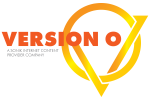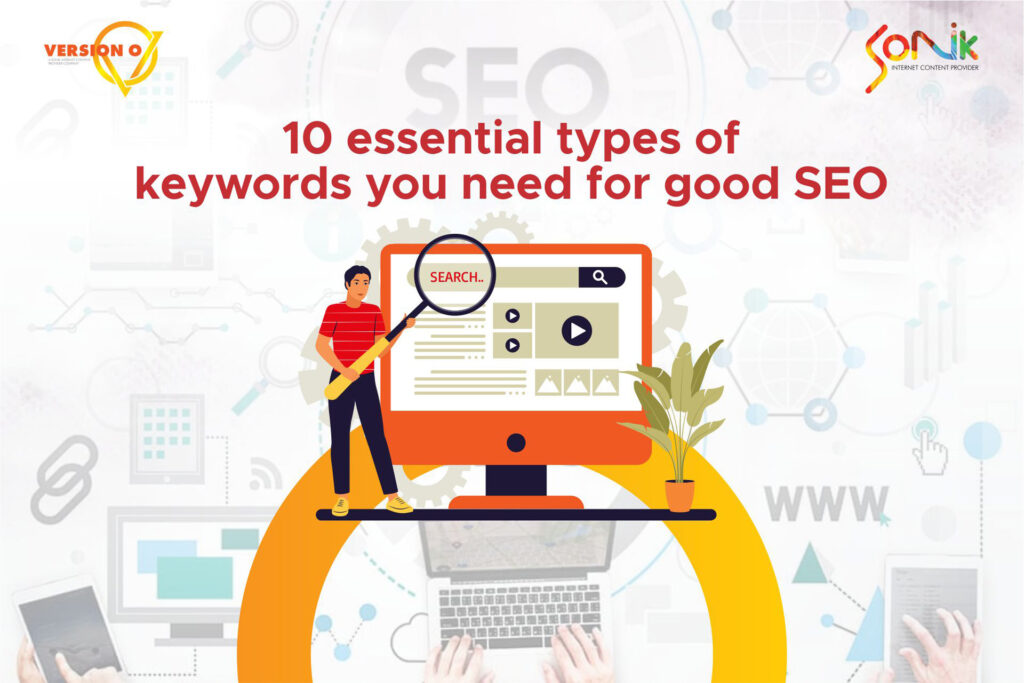Social media is everywhere. There’s no denying it. After all, more than 3 billion people are on social media, and 321 million people joined social media last year – that’s nearly one million new users per day1.That’s probably why social media is considered the most relevant advertising channel to reach half the world’s Gen Z population and more than 40% of millennials.2
However, in our experience, we have seen that many companies are not aware of how exactly to target their customers on social media. For one, there seems to be an underlying assumption that all social channels work the same way and cater to the same audience. Because of this, companies simply copy-paste the same message across all platforms. Sadly, this is not only lazy, it also reduces potential impact.
In fact, each social media platform has its own specific characteristics, and that’s why social media marketing needs to be specifically tailored for each platform. Here’s a brief description of what type of content is best suited for 4 of the most popular social media channels: Facebook, LinkedIn, Twitter and YouTube.
This is by far one of the biggest platforms out there. The key is to remember that Facebook is mainly used by your customers to stay in touch with their friends and family and to share things they like. So, it’s crucial that your company also should fit into this atmosphere. Don’t make your Facebook posts all about upselling or cross-selling your products. Instead, try to engage your customers. Show them facts, videos, updates and interesting tidbits that they’re likely to engage with and which will make them happy or excited to share it with their friends. This is not the platform for a long-form article or blog, although you can share snippets.
Almost a thematic opposite of Facebook, LinkedIn was created to be wholly and solely for business professionals to network with each other. So, this is definitely not the platform for light-hearted snippets, emotional videos, or anything mood-related. Instead, this is the perfect platform for hardcore business updates, articles, and conversations. Utilise features like Posts, Articles and Groups to curate a list of like-minded people in your industry and to add value to their day by sharing information that’s relevant to your line of business. Again, hardcore sales-focused posts are not advised.
By its very specifications, Twitter is the place for short, snappy messages with trending hashtags to catch the attention of people who are interested in those topics. The main focus here is to share something small and bite-sized along with a link, so that it can immediately incite your followers to click on it. This should then lead them to your website, blog or product page, where they can continue to engage with your brand. The key here is brevity: people usually scroll through their feed at a high speed, so your social media content on Twitter should be pithy and catchy enough that it stops them in their tracks and makes them want to click the link you’ve shared.
This is a unique platform in that the point of contact with the customer is completely visual: Instagram is all about sharing images that speak volumes to your audience. Sure, you can use captions and descriptions, handles and hashtags galore, but the image itself has to carry the burden of its proverbial thousand words. Inspirational quotes, interesting numbers/facts and key product screenshots can be used here. You can also use the space to advertise offers or promos. Make sure it’s relevant to your brand, though – simply posting pictures of a beautiful sunrise or a nice lunch won’t cut it (unless you’re a travel resort or a restaurant, of course).
YouTube
Yes, YouTube is legitimately a proven source of customers for many brands. After all, that’s where most of the world goes to when they want to pass the time and, more importantly, learn something. There’s tons of learning-related content on YouTube, from recipes to how-to tutorials on hundreds of subjects, to actual lectures, webinars and seminars. So, use this platform as a knowledge-sharing tool. Especially if you’re in an industry that deals with anything the common person might not easily understand, YouTube is a great place where you can post social media content like tutorials or explainer videos. That way, your followers – and potential customers – can get an inside peek into your line of business. This can then convince them to follow your brand.
There are, of course, other social media channels, but these – at least according to us – are the Big 4. We’ll speak about the other channels in future blogs, so, for now, please do let us know your thoughts on these! And, as always, follow our blog for more such articles.
1. Hootsuite and We Are Social, Digital 2020 Report
2. Adobe Digital Insights, State of Digital Advertising Report





